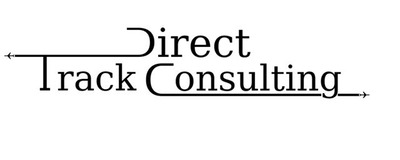How powerful is that signal coming from the GPS satellite?
The GNSS/GPS system is a constellation of satellites orbiting the earth at an altitude of approximately 20,000 kilometers, (12,000 miles) providing PNT signals 24 hours a day.
Previously we looked at who actually owns and controls the various GNSS/GPS satellite constellations. The United States are the owners of GPS, the Russians have GLONASS, the Chinese BEIDOU, the European Union own the GALILEO system while Japan and India control their own regional systems. Eventually there will by approximately 150 satellites in orbit, providing PNT (Position, Navigation and Time) signals to the earth.
These satellites are designed to have a significant life expectancy. In addition to producing the PNT signals 24 hours a day, the satellite must have sufficient internal power to perform self-maintenance functions as well as number of other tasks.
The satellites generally have small batteries and solar panels are the only external source of power for the electronics on board.
Those of you with an electronics background know that in order to produce a powerful signal you need to have a powerful transmitter. And with a powerful transmitter you need a sizable power source.
This fact has forced the engineers who developed the GPS system to strike a balance between power and functionality. In order to manage the satellite power requirements the designers had to reduce the demand for power to run all of the satellite’s systems.
One of the ways to reduce the power requirement on board the satellite was to reduce the power of the signal produced by the GPS transmitter. It is a simple trade-off, more signal power shorter satellite lifespan, less power equals a longer lifespan. Therefore the strength of the GPS signal, is comparatively, very weak.
Professor Charles Curry, of Chronos Technology, compares the power of the GPS signal, generated and reaching your handheld GPS unit, to the power output of a 20-watt light bulb shining at a range of 20,000 kilometers. This power level is microscopic in the radio spectrum.
Even using specialist radio reception equipment to “hear” the GPS signal in its raw form is very difficult. It would be like trying to hear a whisper in a rock concert.
The raw GPS signal strength is below the noise floor of random space noise. Random space noise is the radio energy produced by our Sun and other stars. To our naked ears the space noise would sound like static, or the constant hiss of white noise to our ears.
In order for the GPS receivers on earth to “hear” the signals from the GPS satellites, the scientists have coded the GPS signal. Your hand-held receiver is designed to look for this specific code pattern amongst the noise and when it finds it, the receiver locks onto the signal.
Once the signal is identified and verified the receiver can work out its position using the geometry of triangulation. You need at least 3 signals from different satellites to work out your position in 3 dimensions. Latitude, longitude, and altitude. A signal from a fourth satellite allows precise time measurement, the fourth dimension.
In the Aviation community increased capacity of airports and airspace is now being measured in 4 dimensions. It is no longer just where but also when.
Next time, what services are dependent on the GPS PNT signals?
